Traveling in Viet Nam - 2017
Embrace Foundation is a non-profit,
educational foundation set up to create
better understanding between people of
different religions, cultures, traditions and
world philosophies.
Embrace Foundation works to bring leaders
and scholars of world-wide religions,
cultures and philosophies together by
sponsoring forums, seminars, lectures and
developing an international exchange
program. Embrace Foundation is particularly
concerned with reaching the world public
through the media.
Purpose
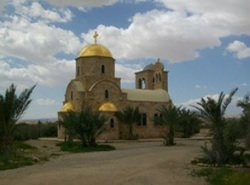
Donations
Embrace Foundation is an all volunteer
organization. All donations go directly to
programs.
Embrace Foundation does not and has
never given permission to any outside
organization to solicit or receive
contributions on our behalf.
All donations should be made to Embrace
Foundation only via Paypal or by mail. All
donations are tax deductible. A receipt will
be emailed to you. Please click on the Pay
Pal link below to Donate.
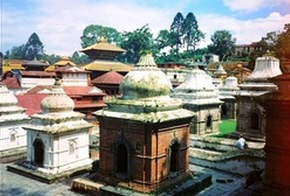
Travel As An Interfaith Act
Embrace encourages all who can do so, to
learn about other traditions and cultures by
traveling as “Grassroots Diplomats.” We
hope that people every where become life
long students of our world-wide humanity.
“ In every man there is something wherein I
may learn of him, and in that I am his pupil.”
R.W.Emerson
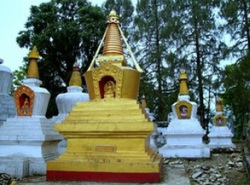

Embrace Humanity

Great Visions - TV
Guests are: Swami Satchidananda &
the Rt. Reverend Dean Parks Morton
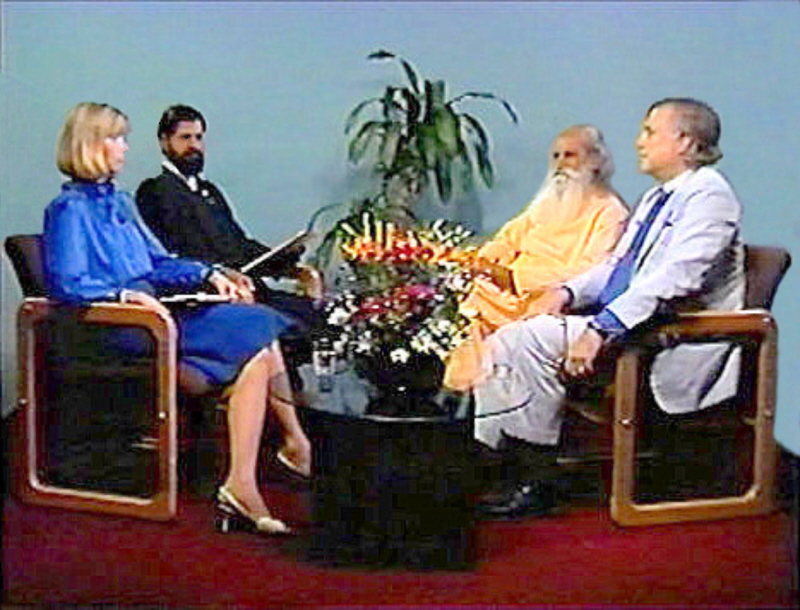
Embrace Archives
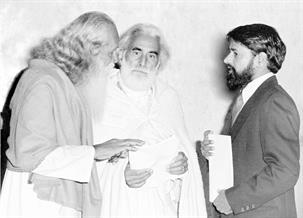
Thank you for making a donation.
Embrace Foundation International
- Great Visions TV
- Inspirations
- Media
- Possibilities
- Astrophysics, Quantum Physics & The Nature of Reality
- Deconstructing Nuclear Fission & Nuclear Waste
- Defense Industry as Community Builders
- Defense Industry As Energy Providers
- Global Water Shortages
- Innovative Technology
- Intelligent Communities & Development
- Pentagon & Non-Western Nations
- Recreating
- Resource Based Population
- Sharing Community Resources
- Protecting Human Rights
- Spiritual Ecology
- Syria
- Write to Us
VIET NAM
Religion in Viet Nam
Viet Nam is primarily a Buddhist, Taoist/ Traditional Vietnamese/ Chinese and a Catholic country.
Building Interfaith Understanding in Mid-Interior Viet Nam
A Canadian expat, married to a Vietnamese citizen (of both Vietnamese and Chinese heritage) was most enthused about
Embrace when he heard about it. Being from Montreal, he grew up a Catholic, but his wife is a Buddhist. He told the
Embrace Founders that his wife, a successful business woman, contributes philanthropically to both poor Catholics and to
Buddhists throughout the year. Early on, she made a point of meeting the local priest who for some years has given her
the names of poor people in his parish who need help. (This woman is a very special human being.)
Ajata and Virginia were quite surprised to find out that they had secured their hotel in the “Catholic” part of the town, (For
Virginia this was sort of like the old days of spending Christmas in Belfast) while our Canadian Catholic friend apparently
kept residence in the Buddhist part of town.
It was while the Founders were out for a stroll, that two men enthusiastically hailed them and asked whether they actually
did interfaith work? The Founders gave the men Embrace business cards with the understanding that if they wanted to
contact Embrace for any interfaith reason and it could be of help to please do so. We mention this incident because people
in some parts of Viet Nam feel a need to forge positive relations.
At Buddhist monasteries there was a keen interest in developing interfaith dialogue. Young Buddhists however, have a
great interest in the world outside Viet Nam and so, it seems they would be especially interested in meeting people from all
sorts of philosophical and religious backgrounds.
Temples:
About Taking Photos During Prayers
Throughout Viet Nam (in publicized, old, traditional temples (as well as in Java, Indonesia and in Kowloon and Hong
Kong) tourists come to take photographs in unending droves. If the Founders were not attempting to record these places
for educational and registry purposes they would much prefer to spend quiet time with the people who come to pray, light
incense and meditate, although they do that too.
As a visitor, If possible, try to finish your photographing quickly and stay out of he way of people praying and meditating. In
places such as the traditional temples in the Old City of Hoi An, it is nearly impossible for the locals to conduct their
prayers without being buffeted by hundreds of tourists and the same problem exists for some of the traditional Chinese and
Vietnamese temples in Hanoi. Of course, quite a lot of tourists in Hoi An are from mainland China and they are particularly
eager to see the clan houses enclosing temples from their part of China.
We strongly urge that, if you can, take photos outside and visit (gently and quietly) inside without photographing. You will
enjoy it a lot more and possibly learn a little about the traditions. You can always download photos from
EmbraceSacredPlaces.Org if you want to have a record of the temples. It should be noted that many Vietnamese and
Chinese temples have elders who sit at the doorways both at the entrances and elsewhere. Some of them are quite eager
to show visitors around and if you are not taking photos, you will have the chance to avail yourself of their wisdom. Often
the elders who are long time congregation members know special places in a temple that many visitors never see. Be
certain to make a contribution to the temple or if they will accept money, you can give the person guiding you something.
For the elders it is not about money but about pride in their temple, a place where they may spend much of their day.
Also, it is getting to the point that the government/ temple committees needs to regulate the hours for photos at many of the
tourist temples. And they need to set aside times when people can visit and times which are strictly for those who wish to
worship.
As a Westerner, imagine how you would feel at a Sunday Mass at St. Patrick’s Cathedral on 5th Avenue, New York while
hundreds of tourists were allowed to stream up the aisles, sit next to you in a pew while you’re listening to the priest. squat
down in front of the alter and photograph the celebration of the mass. Perhaps they might even try to bypass the priest and
go to the alter to take a closeup of the crucifix. If you live in Europe, imagine tourists flooding into any number of the great
and famous cathedrals while you are praying, there is a mass going on or even while you are giving confession.
Most Mosques have regulated times for visitors based on the times of salat, churches are strict about Sundays, (and even
during the week, the cathedral in Ho Chi Min City is tough to get into for visiting busloads of Catholics from Europe) but the
Chinese and traditional Vietnamese are very tolerant. They don’t seem to have any time for themselves. Don’t take
advantage of them.
Vietnamese Designers
Since many non-Western nations have very beautiful and elegant clothing, we always hope that these nations will not
succumb to the fairly unattractive and generally unflattering designs of the West. (Designs that do not lend themselves to
either gaining or losing weight or aging.) It is with some optimism that we noted that many Vietnamese designers are
creating elegant designs based on their traditional heritage for their own people.
Laying Down Buses!
Viet Nam has buses going between cities that do not seat the traveler, but ask you to remove your shoes on entering the
bus and have you lay down prone in your designated (seat-bed). If you do not specify a seated bus, you could end up
traveling throughout the day laying down. Generally, no one will tell you the type of bus unless you ask.
How to Get Out of Nha Trang (if you aren’t flying)
The bus situation between Nha Trang and coastal areas is confused. If you are on your way to Hoi An or Danang take a
train. It is comfortable, on time and efficient. It also arrives in Danang at a reasonable hour.
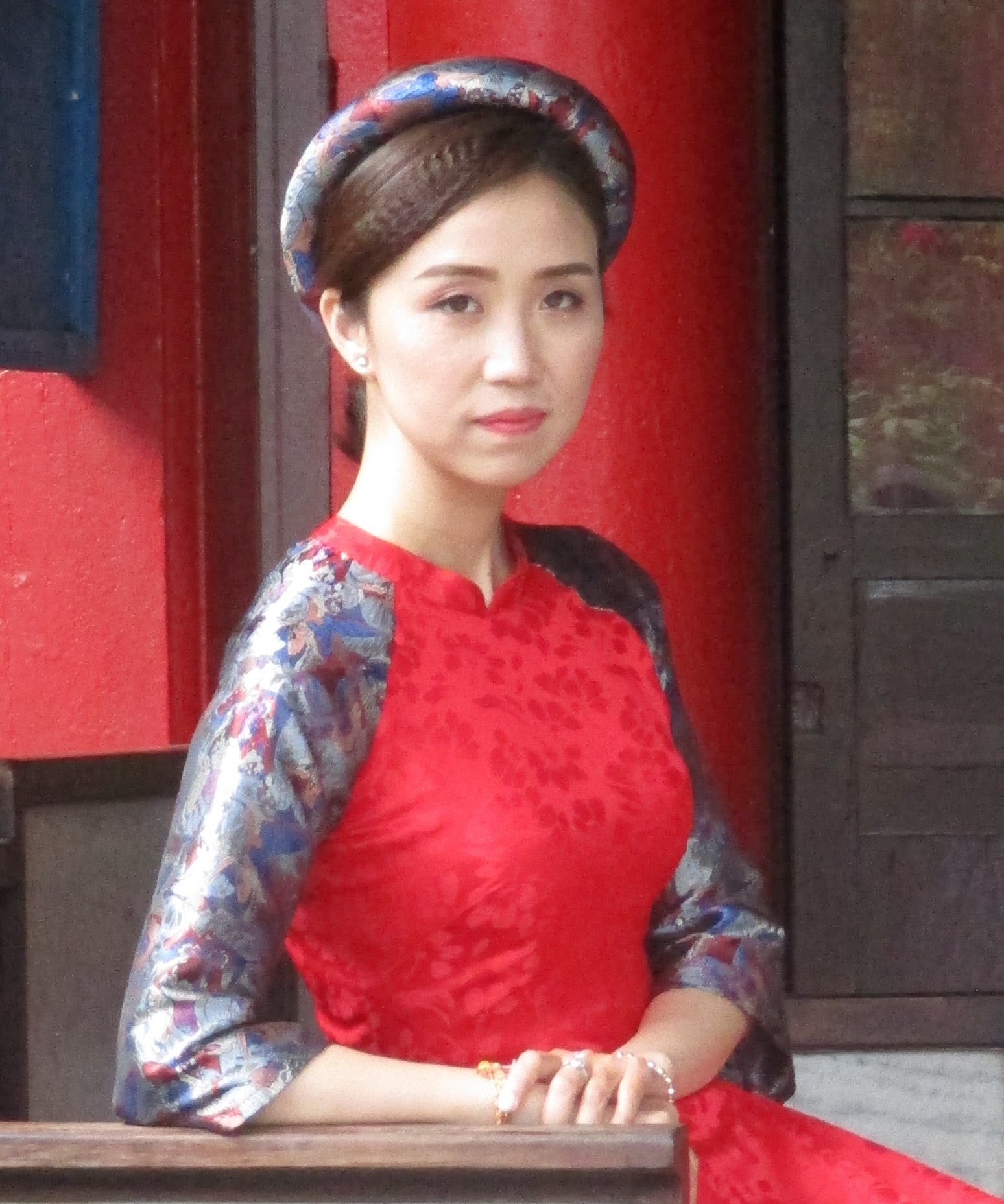
Viet Namese Mona Lisa
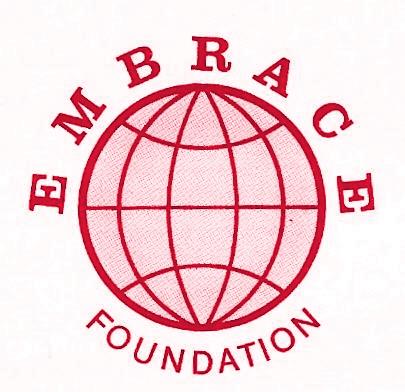
Embrace Foundation Retreat Center
Embrace.Foundation (skype messaging) - 011+1+212.675.4500 (New York)
Click to Email Us

